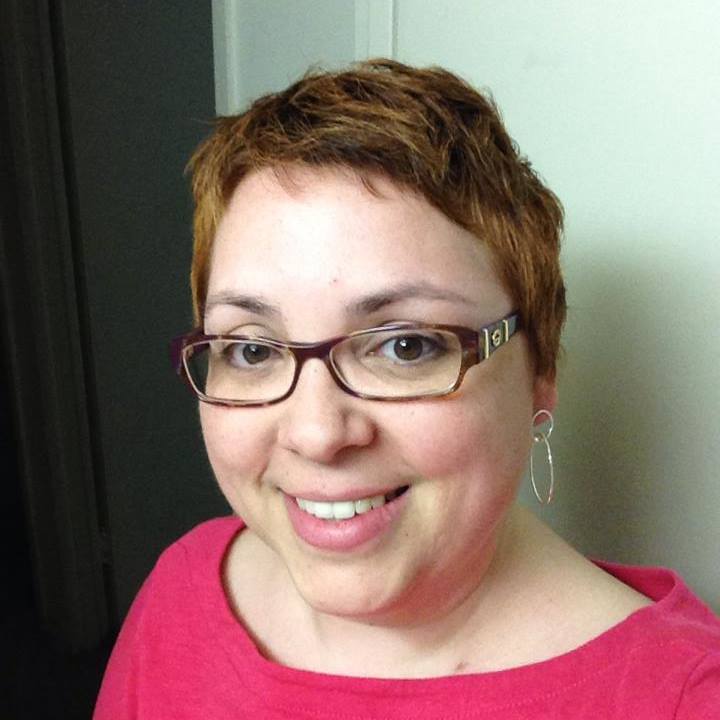
Diane Greenhalgh
Last week Diane Greenhalgh shared some tips on how to get your staff involved in creating content for you. Today she shares how to get your community of clients or supporters to help. ~Kivi
Guest Post by Diane Greenhalgh of the Pulmonary Hypertension Association
While there are certainly tactics for including constituent produced content in your editorial lineup, which I share below, you must first take a look at how you think about your constituents. Let’s start by calling them your community. Gone are the days of speaking at constituents, and in its place is a world of potential where you work as partners with your community to accomplish your shared goals. As a nonprofit, you exist to help them, so why not start with hearing what they have to say? And better yet, instead of doing it for them, empower them to exact change as partners in the struggle.
At the Pulmonary Hypertension Association where I work, we began as a small support group of patients. In the early years volunteers did everything, and one of the key things that our president has done as our staff has expanded and we took things in-house is to keep that volunteer spirit alive and always infuse everything we do with our community’s voice.
Out of this came our staff motto: any person whose life is touched by PH has the right to fight back as much – or as little – as health and interest allow. Our job is to make that possible. Put simply, we position ourselves as facilitators. As a small nonprofit representing a rare disease, leveraging the power of the combined efforts of countless engaged individuals who own their activities allows us to expand our reach far beyond what our staff could do. And frankly, our community as well as decision-makers in government would much rather hear from members of our community anyway.
So what are some concrete ways you can partner with your community to produce content?
Turn input & feedback into content
Ask them what they think and have them respond in the comments on your blog or on Facebook. We have a question of the week that we use to initiate conversation on a wide array of topics. There are a number of other ways we get feedback, from surveys and focus groups to advisory panels that meet regularly. We use the feedback to help direct our future work certainly, but we also use what was said to create an article or integrate the quotes into a piece on the topic. We also occasionally do a slideshow of the most compelling quotes.
Do the work for them
Provide sample messages that your community can use. Encourage them to include their story and why it’s important to them. For our early diagnosis campaign we provide a page of sample Facebook messages and tweets. We also have regular slots on our editorial calendar where we ask the community to forward on our message to their friends, family and online networks along with their connection to the issue.
Another way to take on work for them is through interviews. They can be done over the phone or in person. Even better, you can record the interview so they can share their story directly and in a more compelling and engaging way. And added bonus, you don’t have to write an article.
Ask, ask, ask
We provide many opportunities for our community to share their stories starting from when we first connect with them. We have a program called Our Journeys where patients and families can share their stories of diagnosis and living with pulmonary hypertension that also serves as a creative outlet for their poetry and artwork. Over 300 have been posted so far and we review the stories for additional usage in a variety of channels.
As community members move further up the ladder of engagement, we ask them about what they are interested in and any talents and skills they might have. We have found some great regular contributors, editors and designers for our publications this way. We often find people amongst our volunteers and advisory panels who become writers as one more way they are engaged with us. And writing is always a great way for those who are active to share what they are doing with the rest of the community.
We also have submission forms in a number of places on our website and regularly recruit through our multiple channels.
What strategies has your organization employed to incorporate community-produced content?
Diane Greenhalgh manages the PHA website and web services. She directs PHA’s efforts to make PHAssociation.org an even more effective tool for PH patients, families, and medical professionals to connect and share resources. Diane spearheaded PHA’s website redesign.





